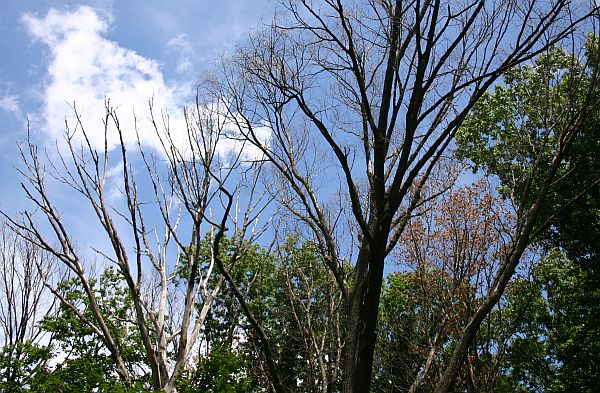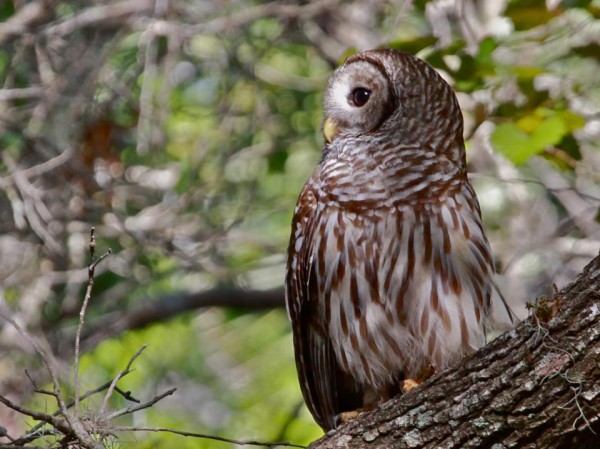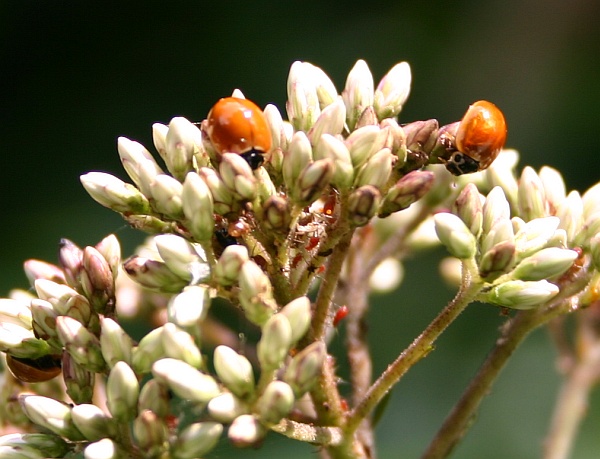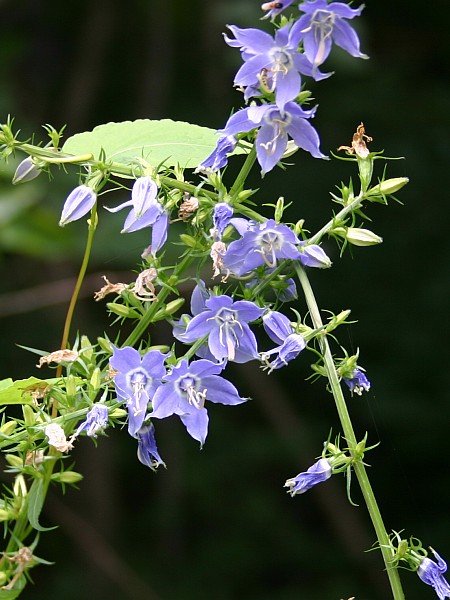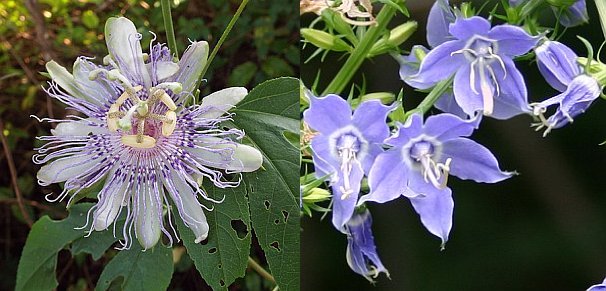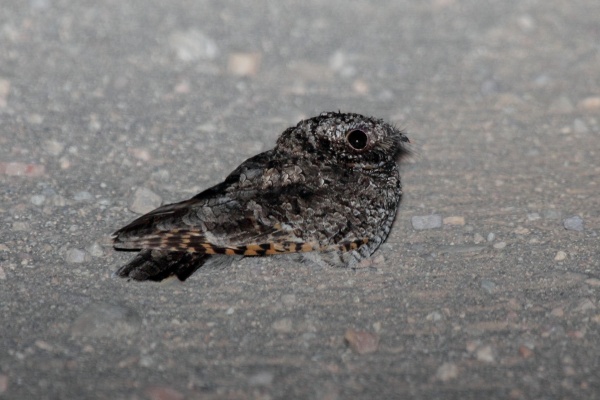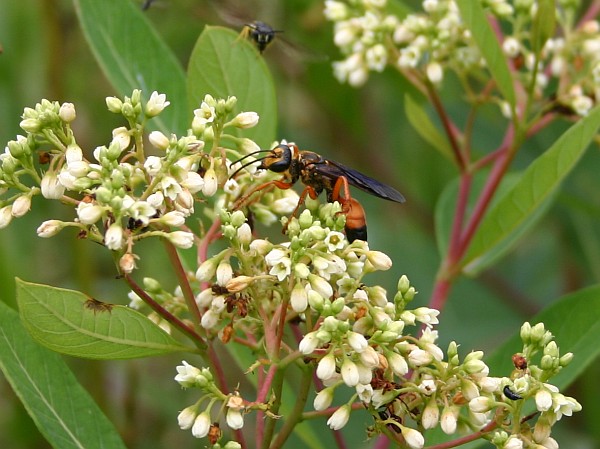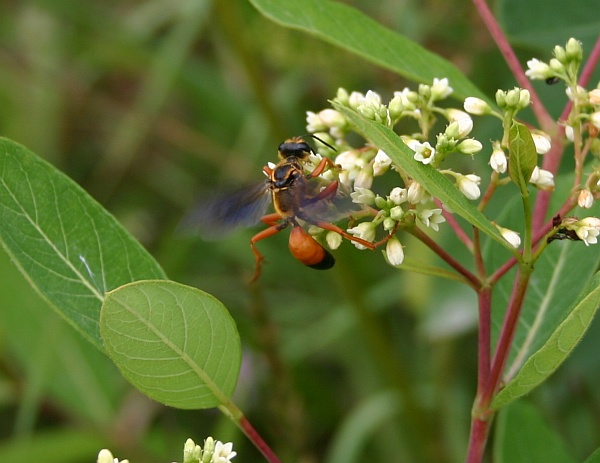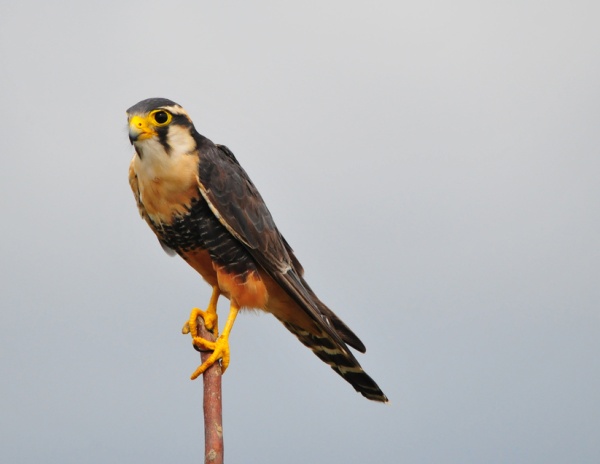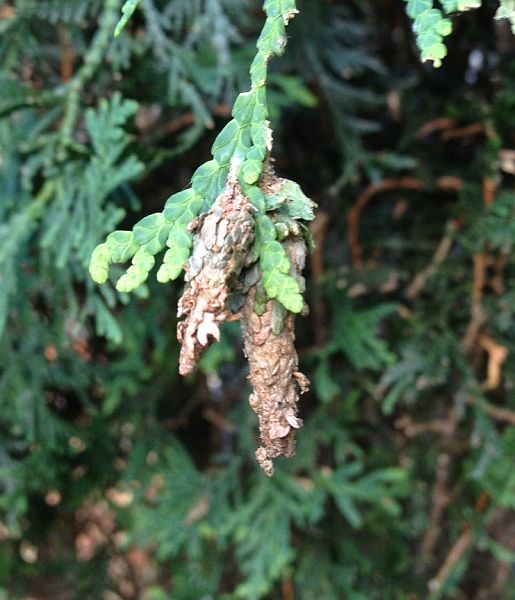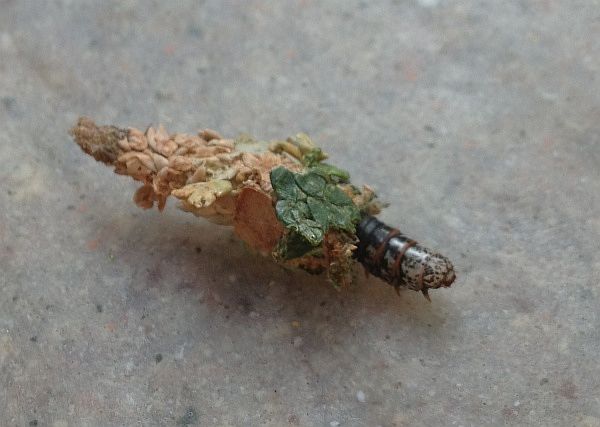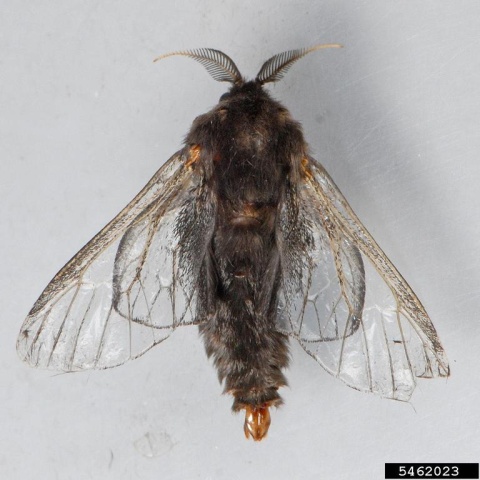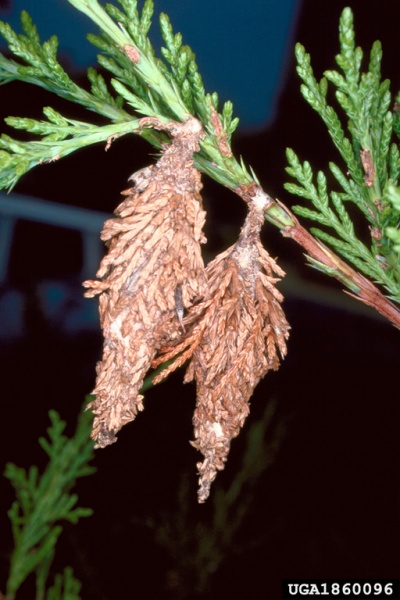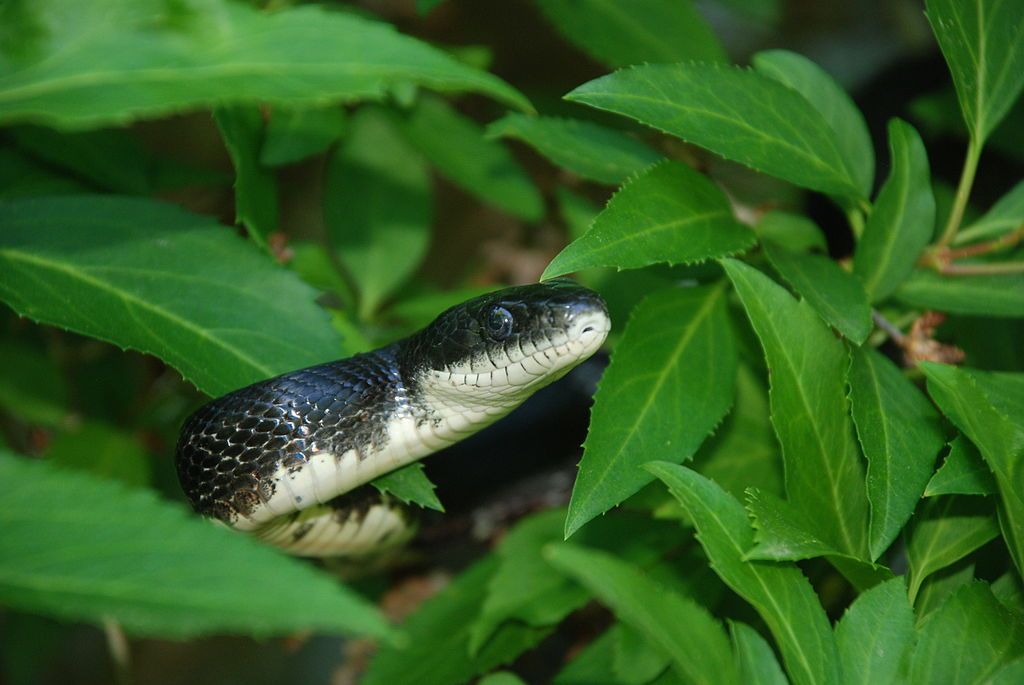
If you live in North America this fact is amazing: House sparrows are an endangered species in Britain.
I learned this when I read John Metcalfe’s article called Making Cities More Bird Friendly With Nesting Bricks. In it he describes a new brick specially designed by Aaron Dunkerton and manufactured in England to provide habitat for nesting house sparrows. Before mortar is applied it looks like this. (Click on the bricks to read about them.)
House sparrows are the most widely distributed wild bird on earth. Why are they so endangered in the U.K. that people invent ways to help them? Here’s what I found out.
Since 1977 house sparrows have declined by 71% in Britain. In some locations they are nearly extirpated. London’s Kensington Park had 2,603 house sparrows in 1925. By 2000 there were only 18.
Despite many studies a single cause has not been found and no other urban/suburban bird has experienced a similar decline.
In 2005 Kate E. Vincent published a house sparrow population study. In 2009 Lorna Margaret Shaw investigated the role of neighborhood socio-economic status in house sparrow abundance. These studies found:
- The greatest house sparrow declines occurred where nestlings starved within a week of hatching or had low fledging weight, both due to lack of insect prey. The best success occurred where they ate plenty of aphids or spiders. (Aphids come up again!)
- Because house sparrows nest in holes in buildings, they did well in neighborhoods built before 1919, in neighborhoods where soffitt and fascia were made of wood, and in distressed neighborhoods where the buildings needed repairs. They avoided neighborhoods built after 1985 because of new construction standards and lack of deterioration. That’s why Aaron Dunkerton invented the bird brick for new homes.
- House sparrows did poorly in tidy neighborhoods with lots of paving. Over the years Britons have paved their front yards and removed trees and shrubs so they can park their cars. This has reduced house sparrow habitat.
- All habitat was not equal. House sparrows preferred deciduous plants and the insects associated with them.
- House sparrows did not use ornamentals or evergreens. This lead to a headline that Leylandii hedges were to blame for the house sparrow decline. (A fascinating topic…more on that tomorrow.)
With so many factors in play there’s no simple answer to the house sparrow’s mysterious disappearance. In the meantime they continue to decline and Britons miss them terribly.
If it would work I’d package some of ours and send them to England. We have a house sparrow surplus right now.
(photo of a house sparrow in California from Wikimedia Commons. Nesting bricks by Aaron Dunkerton. Click on the images to see their originals.)

